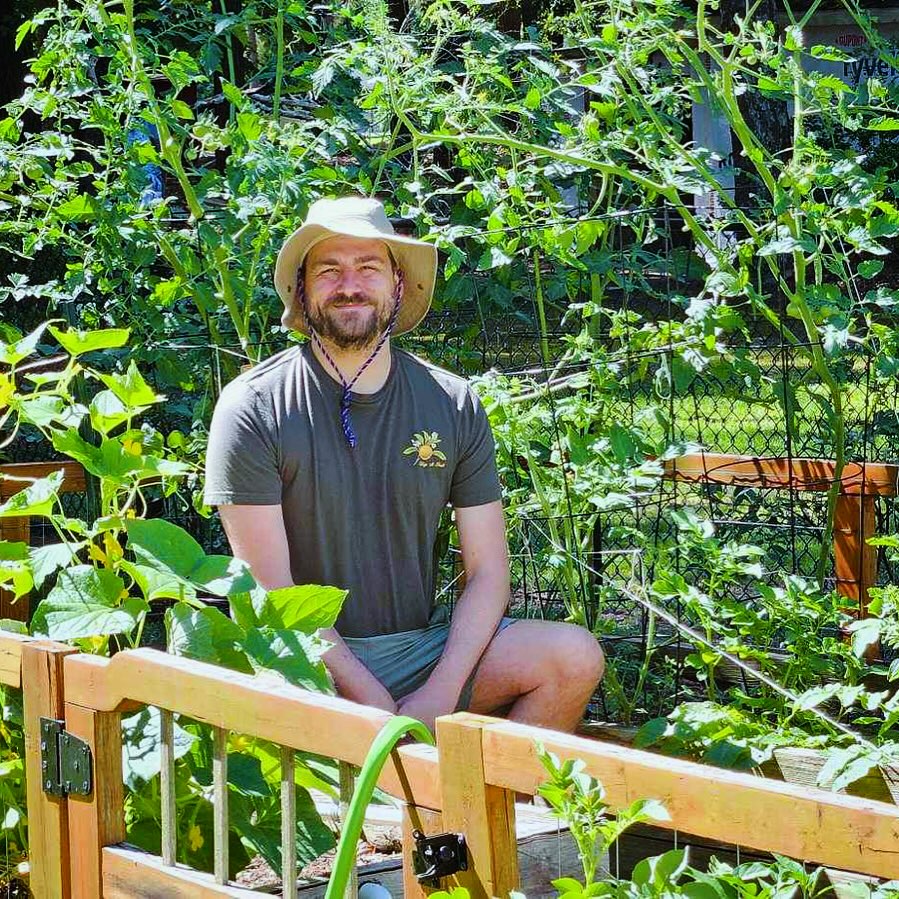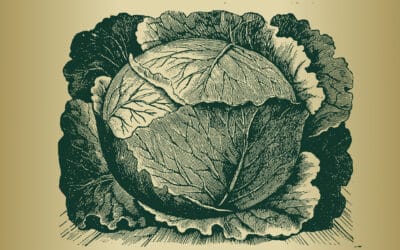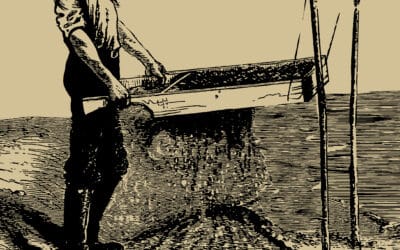In the search for healthy, green gardens and sustainable farming, one challenge exists: the overuse of synthetic fertilizers that destroy our soil and the environment.
These artificial solutions often strip the land of its natural nutrients and microbial life, leaving it empty and lifeless. As we deal with the consequences, the need for an eco-friendly alternative has never been more obvious.
Enter FAA (Fish Amino Acids), a cornerstone of Korean Natural Farming that promises to rejuvenate our gardens and farms with minimal environmental impact.
TL;DR
We aim to:
- Explore the shift towards sustainable gardening with Fish Amino Acids (FAA), highlighting its role in rejuvenating soil and promoting robust plant growth without the environmental downsides of synthetic fertilizers.
- Explain how FAA, derived from fermenting fish waste with brown sugar, enriches the soil by boosting microbial activity and nitrogen content, necessary for plant health and chlorophyll production.
- Delve into the DIY process of making FAA, emphasizing the simple ingredients and steps involved, from layering fish and brown sugar in a bucket to the fermentation process lasting 1-6 months.
- Address the benefits of using FAA are evident in its application, with a dilution ratio of 1:1000 for watering plants, leading to noticeable improvements in plant vitality and yield when applied weekly during the vegetative stage.
- Champion FAA as a pillar of zero-waste agriculture, reducing waste by repurposing fish by-products and fostering a more sustainable, ecologically responsible approach to gardening and farming.
What is FAA (Fish Amino Acids)?
FAA is an organic liquid fertilizer created from fish waste, a by-product of the seafood industry. This mix is made by fermenting fish waste with brown sugar, creating a nutrient-rich emulsion that plants love.
Rooted in the ideas of Korean Natural Farming, FAA (Fish Amino Acids) is not just a fertilizer; it’s a way to bring the soil back to life, encouraging the growth of beneficial microbes and enriching the earth with nitrogen, essential for plant health.
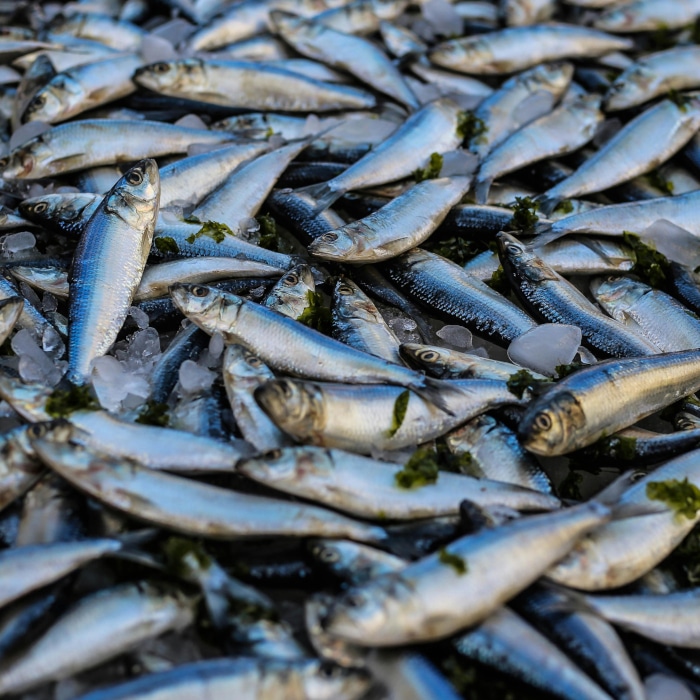
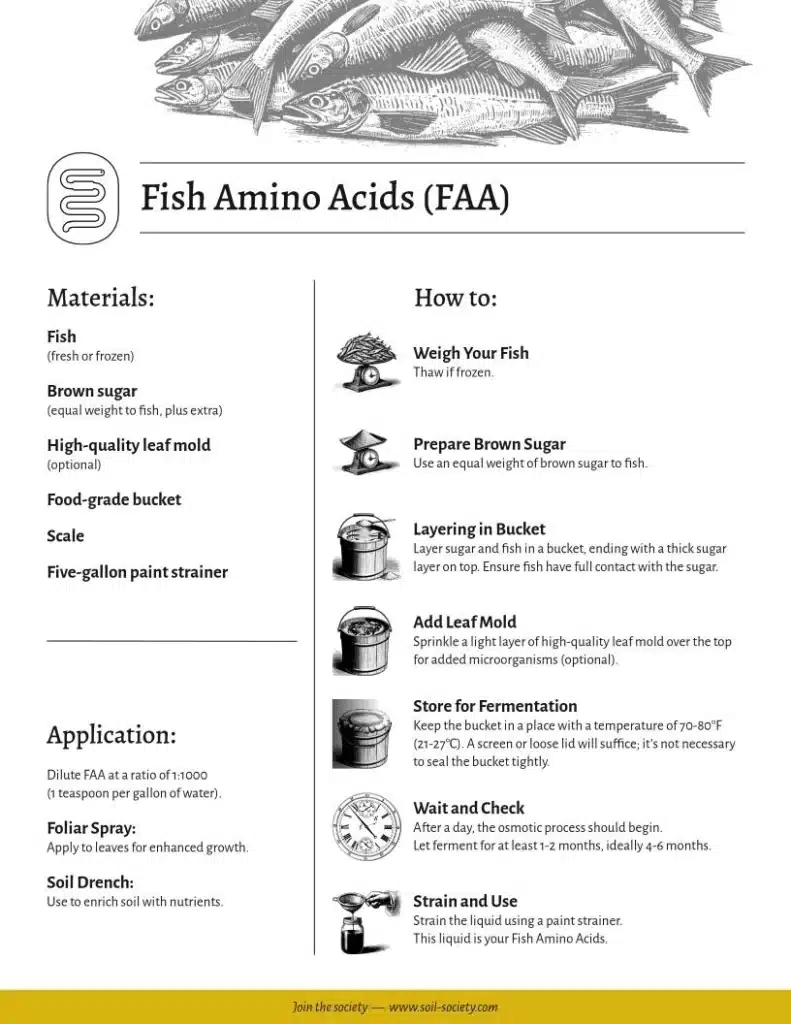
The Benefits of FAA (Fish Amino Acids)
Incorporating FAA into my garden routine marked a noticeable shift. Previously, I saw that some of my plants looked lackluster, their growth stunted. After introducing FAA, the change was undeniable. Seedlings sprouted with vigor, and the garden as a whole felt more alive. Here are just a few benefits I observed:
- Promotes Robust Plant Growth: The high nitrogen content in FAA is a catalyst for chlorophyll production, essential for photosynthesis and plant growth.
- Enhances Soil Fertility: FAA increases the microbial activity (similar to lactic acid bacteria) in the soil, making nutrients more available to plants.
- Eco-Friendly: By using waste products and natural processes, FAA aligns with zero-waste agriculture, reducing our carbon footprint.
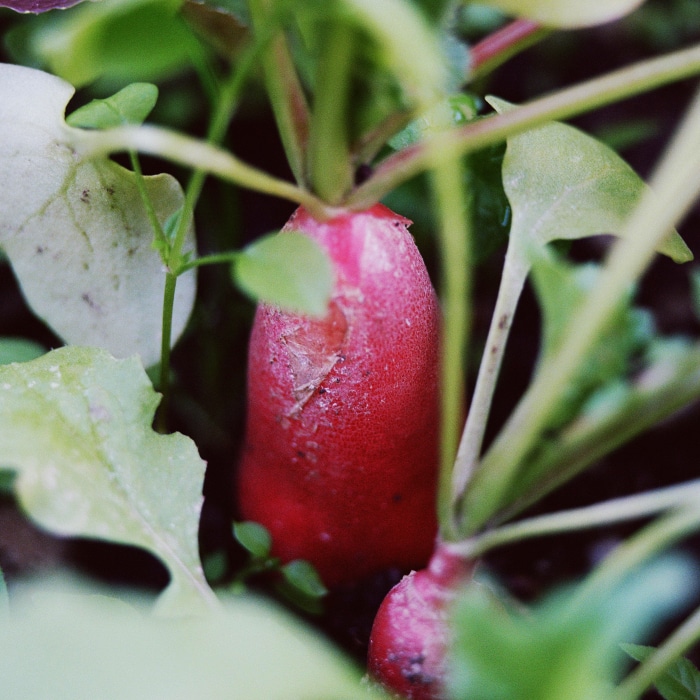
Making Your Own FAA (Fish Amino Acids)
Ingredients and Tools:
- Fish (fresh or frozen)
- Brown sugar (equal weight to fish, plus extra)
- High-quality leaf mold (optional but recommended)
- Food-grade bucket
- Scale
- Five-gallon paint strainer (I recommend using 5 Gallon Paint Strainer)
Steps to Make FAA (Fish Amino Acids):
- Weigh Your Fish: Thaw if frozen. Use any type of fish. Aim for about 12 lbs (5.4 kg) for this example.
- Prepare Brown Sugar: You’ll need an equal weight of brown sugar to fish. For 12 lbs (5.4 kg) of fish, use 14 lbs (6.35 kg) of brown sugar for better results.
- Layering in Bucket: Start with a thick layer of brown sugar at the bottom. Add fish, ensuring full contact with sugar. Cover fish with more sugar. Repeat layering, ending with a thick layer of sugar on top.
- Add Leaf Mold: Sprinkle a light layer of high-quality leaf mold over the top for added microorganisms. This step is optional but enhances the fermentation process.
- Store for Fermentation: Keep the bucket in a place with a temperature of 70-80°F (21-27°C). You can also use a heat mat set at 75°F (24°C). It’s not necessary to seal the bucket tightly; a screen or loose lid will suffice.
- Wait and Check: After a day, you should see the osmotic process beginning. The mixture should ferment for at least 1-2 months, but 4-6 months is ideal.
- Strain and Use: Once liquefied, strain the liquid using a paint strainer. This liquid is your Fish Amino Acids.
Using FAA (Fish Amino Acids):
- Dilution: Dilute FAA at a ratio of 1:1000 (1 ml per liter of water, or slightly less than a teaspoon per gallon [or slightly less than a quarter teaspoon per quart]). This same dilution ratio exists in fermented fruit juice and fermented sea water.
- Application: Apply diluted FAA to both leaves and soil. It’s a key ingredient in aerated compost teas, providing a comprehensive nutrient solution for your garden.
Tips:
- If It Smells: If the FAA (Fish Amino Acids) starts smelling rancid, spray lactobacillus serum (LABS) directly on the surface to control the odor.
- Harvesting: You can start using FAA after 1-2 months, but letting it ferment for 4-6 months increases its potency.
This FAA recipe is a powerful, odorless fertilizer that promotes explosive growth in plants. It’s proof of the effectiveness of Korean Natural Farming methods, offering a sustainable and potent solution for gardeners.

Application Guidelines for FAA (Fish Amino Acids)
Using FAA (Fish Amino Acids) effectively requires some know-how. Diluting the concentrate with water at a ratio of 1:1000 ensures that plants reap the benefits without the risk of nutrient burn.
In my garden, applying this solution once a week during the vegetative stage led to noticeable improvements in plant health and yield. It’s important to remember, though, that FAA is potent and should be used judiciously to avoid over-fertilization.
Sustainability and Zero-Waste Agriculture
Adopting FAA is a step toward a more sustainable gardening practice. By utilizing fish waste, a byproduct often discarded, we can reduce our waste stream and provide our plants with high-quality nutrition.
This practice underscores the principles of zero-waste agriculture, emphasizing the use of every resource and minimizing our environmental footprint.
As gardeners and farmers, embracing FAA and Korean Natural Farming practices offers us a way to connect with the earth responsibly. By choosing FAA, we’re not just nurturing our plants; we’re fostering a healthier, more sustainable world for future generations. So, I invite you to explore the wonders of FAA in your garden or farm.
Witness for yourself the renewal of life in your soil and plants, and join a growing community committed to ecological protection and the life and health of our planet.



